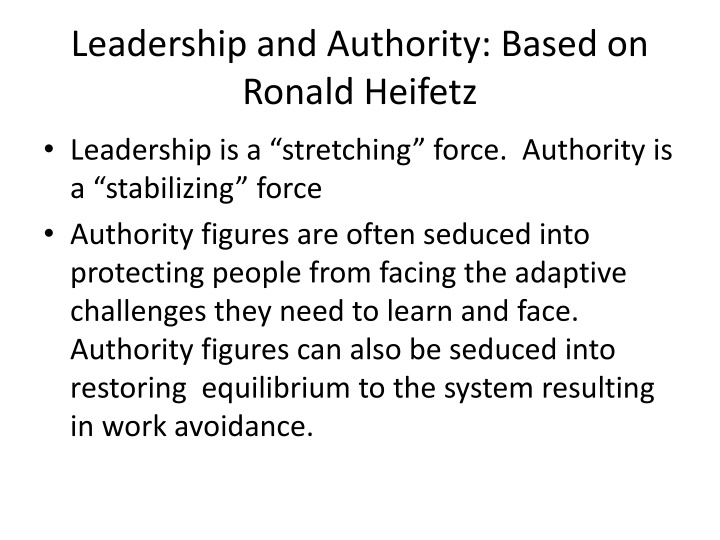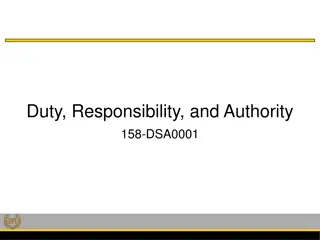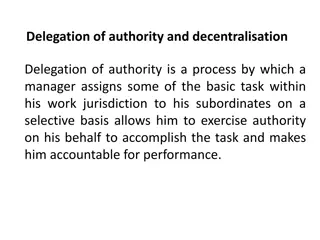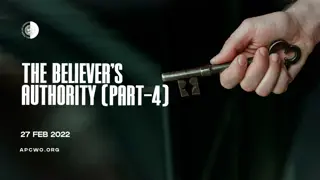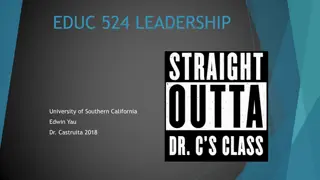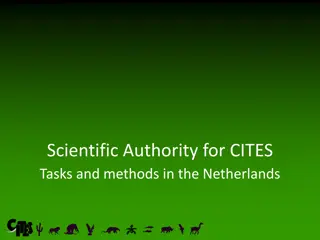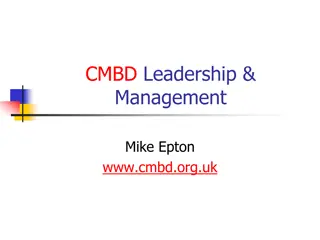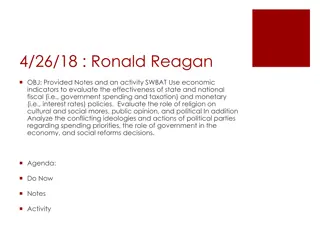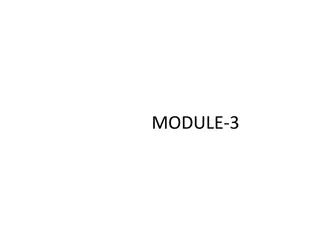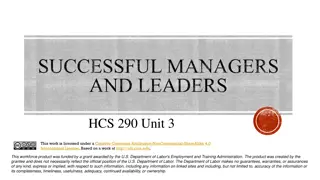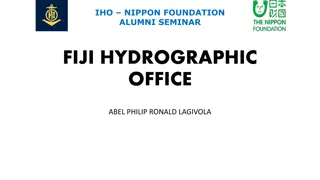Leadership and Authority: Ronald Heifetz Insights
Ronald Heifetz emphasizes the dynamic interplay between leadership as a stretching force and authority as a stabilizing force. He delves into the complexities of leading with and without authority, highlighting the importance of addressing adaptive challenges, framing ripe issues, and creating dissonance to evoke change. By understanding the nuances of adaptive work and the role of leadership in mobilizing organizations to adapt, Heifetz offers valuable insights for navigating the evolving landscape of leadership in various contexts.
Download Presentation

Please find below an Image/Link to download the presentation.
The content on the website is provided AS IS for your information and personal use only. It may not be sold, licensed, or shared on other websites without obtaining consent from the author.If you encounter any issues during the download, it is possible that the publisher has removed the file from their server.
You are allowed to download the files provided on this website for personal or commercial use, subject to the condition that they are used lawfully. All files are the property of their respective owners.
The content on the website is provided AS IS for your information and personal use only. It may not be sold, licensed, or shared on other websites without obtaining consent from the author.
E N D
Presentation Transcript
Leadership and Authority: Based on Ronald Heifetz Leadership is a stretching force. Authority is a stabilizing force Authority figures are often seduced into protecting people from facing the adaptive challenges they need to learn and face. Authority figures can also be seduced into restoring equilibrium to the system resulting in work avoidance.
Leading with Authority: Ronald Heifetz Getting onto the Balcony: Viewing patterns to see beyond technical fixes Hosting: Orchestrating factions and competing points of view Directing Attention to Issues: Power to choose what issues get addressed Accessing Information: ability to ask questions that for others may not be accessible. Determine how much a group can handle
Leading with Authority: Ronald Heifetz Framing Ripe Issues: Choosing how an issue is addressed. Who has to learn what? Choosing participants: Can choose who comes to the table to participate in critical conversations and decisions. Can help determine who has a voice
Leading without Authority: Ronald Heifetz Creating dissonance- challenging the gap between expressed and lived values About changing hearts and minds About loss About helping people step out upon a precipice Assassination Can help authority see a problem more clearly
Leading without Authority: Ronald Heifetz Pushing work back to relevant publics Dramatizing the gap between values and reality Reading the behavior of the authority figure
What is Adaptive Work? Ronald Heifetz Helping to clarify values Helping people develop new strategies and learn new ways Mobilizing an organization to adapt-not just offer technical fixes It is distressing. People need to take on new roles, new values, new behaviors Drawing out conflicts and issues, allowing folks to feel the pinch
What is the Work of Leadership? Ronald Heifetz Getting onto the balcony: seeing the patterns Identifying the adaptive challenge: people are apt to cling to silos and current practices Regulating Distress: People can only learn so fast; they can t learn when overwhelmed Creating a holding environment: hold the space, the pressure cooker with the right amount of heat
What is the Work of Leadership? Ronald Heifetz Provide direction (frame key questions), protection (allow the organization to feel the pressure at a rate it can stand), orientation (resist solutions that may be premature), manage conflict (expose and let conflict emerge) and help shape norms (challenge unproductive norms)
What is the Work of Leadership Ronald Heifetz Presence and Poise Regulating the distress in the system: due to externalizing the enemy, blaming the authority figure, scapegoating Holding steady in service of change Tolerating uncertainty, pain, frustration
The Work of Leadership Ronald Heifetz Giving the work back to the people is not easy Getting people to assume more responsibility is not easy Need to allow others to experience the problem or challenge Support don t control
The Work of Leadership Ronald Heifetz Protecting voices from below that the group would like to neutralize (to gain equilibrium) Deviants create disequilibrium. If you want to silence someone, chances are you should resist.
